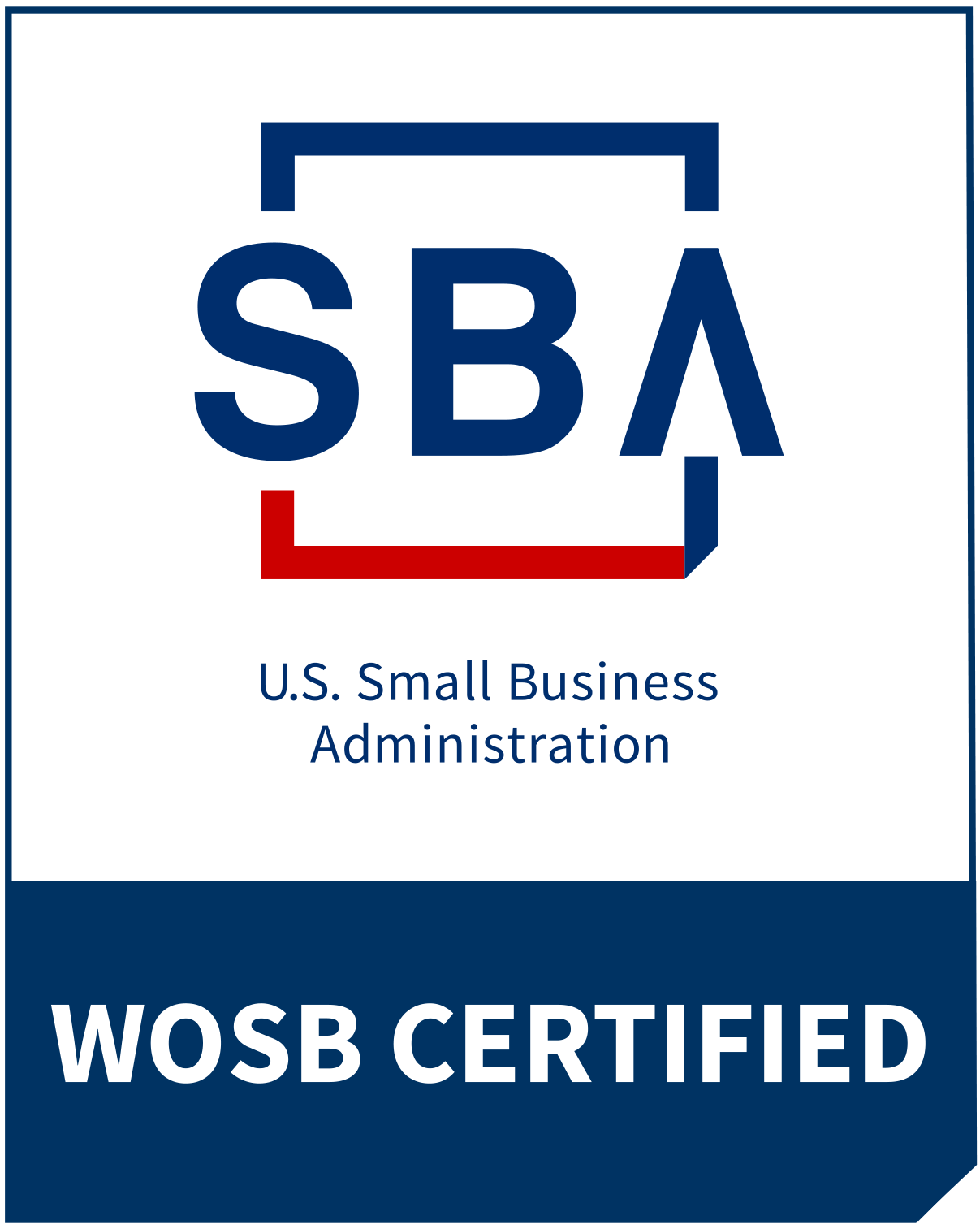Why “Good Enough” Systems are Costing You a Fortune
- admin
- 0 Comments
- January 18, 2024
Why “Good Enough” Systems are Costing You a Fortune
Have you ever felt like your business is stuck in a rut, not growing or improving as you hoped? Many entrepreneurs and small business owners experience this at some point. Things seem to be chugging along just fine, but there’s an underlying feeling that things aren’t operating as efficiently as they could be.
That stuck feeling likely comes from gaps, bottlenecks, and inefficiencies lurking undetected in your current systems. Tiny issues that have compounded over time and now put an invisible ceiling on your growth and productivity. But how do you find something you can’t see? The answer – a systems audit.
Auditing your core business systems allows you to methodically map your processes end-to-end, find the cracks, and determine the root causes of stagnation. Doing so provides clarity and control to implement positive changes. A systems audit can lead to 20% or higher productivity gains, 38% faster completion of core processes, and 66% reductions in costs from errors according to studies.
When You Need to Audit Your Systems
Without regularly auditing your systems, it’s challenging to pinpoint issues holding you back. Things just take longer than they seem like they should, or little mistakes keep happening. Auditing shines a spotlight on exactly why processes have become inefficient over time.
Some signs your systems likely need auditing include:
Tasks that used to be quick now take much longer
Employees constantly ask questions about the same processes
You keep missing deadlines
Projects go over budget frequently
Customers have lots of complaints
These symptoms indicate gaps in documented processes, communication breakdowns, unnecessary bottlenecks, manual workarounds, and people using outdated or inefficient methods. Auditing helps you see what’s actually happening.
The Business Case for Auditing Systems
Beyond resolving those issues, auditing your systems provides even more tangible benefits. An audit will help:
Identify new tools to reduce manual processes
Uncover new service offerings based on needs
Improve risk management and compliance
Rethink organizational roles and responsibilities
Plan expansion requirements as you scale
Prioritize other improvement initiatives
Increase employee productivity and satisfaction
Regular systems audits also lead to positive ROI. According to the Aberdeen Group, best-in-class companies see 4x the ROI in process improvements vs companies with ad-hoc approaches. They achieve this ROI through reduced operational costs, improved profitability on projects, and increased throughput and scalability.
How to Audit Your Business Systems in 5 Steps
While auditing your entire company may sound daunting, breaking it down into manageable steps makes the process straightforward:
Step 1
Map Your Core Processes End-to-End: Document the key processes that deliver your products/services at a high level first. Keep asking, “What happens next?” until you reach the end. Resist getting tangled up in tasks and details at this point. You can drill down later. Mapping out the flow first provides the whole picture.
Step 2
Identify Key Players for Each Process: Determine the people, teams, departments, and tools involved at each step of those core processes. This helps you see where communication hand-offs happen and who has ownership of what. Any disconnects often indicate an inefficiency to explore deeper.
Step 3
Analyze Steps in Each Process: Now examine each process step-by-step, identifying inputs, outputs, timing, and pain points. Look for variations from planned protocols, bursts of effort followed by waits, and places where errors occur. Document how activities really happen versus assuming they’re being implemented according to the written procedures.
Step 4
Root Out Root Causes: With the visibility provided in Step 3, dig into the root causes of inefficiencies that you uncovered – the why behind the symptoms you’ve observed. Root causes often include communication breakdowns, tool limitations, fuzzy process ownership, compliance gaps, or outdated approaches.
Step 5
Define Solutions and Measurable Goals: Finally, detail improvement goals based on the audit findings and map potential solutions. Quantify expected productivity, error reduction, and customer satisfaction gains. Doing so builds the business case for change and allows you to calculate your ROI on implementing those solutions.
Common Gaps Audits Reveal
While the issues uncovered will be unique for your business, some frequent issues audits reveal include
No Documented Processes: Audits often show critical tribal knowledge missing from current documentation and processes dependent on heroes. Documenting institutionalizes activities.
IT System Limitations: Tools meant to increase efficiency sometimes do the opposite in practice. Audits pinpoint workaround-prone software deficiencies.
Unclear Organizational Alignment: Audits identify activity ownership gaps between roles, departments, and locations resulting from evolving organizational structures.
Compliance Shortcomings: With regulations constantly changing, audits reveal policies, training, and reporting falling out of compliance.
Outdated Approaches: Growth sometimes leaves early approaches unchanged. Audits uncover when the current scale demands new processes.
Challenges in a Systems Audit
While highly beneficial, auditing your systems does not come without challenges. Here are a few of the more common ones to be aware of. Before starting your audit, review these and adjust your audit process in order to minimize these challenges when possible.
Lack of Clarity on Scope: Auditing everything at once proves impossible. Carefully scoping the effort is essential.
Accessing Knowledgeable Participants: Key players will likely support multiple audits requesting their time. Be mindful of overtaxing resources.
Obtaining Open/Honest Input: Participants may hesitate to share fully, fearing the audit uncovers their own shortcomings vs system issues. Anonymizing input helps.
Identifying True Root Causes: Symptoms manifest more clearly than underlying root causes, which take time to unravel.
Executing Improvements: The most challenging aspect comes after the audit when driving those solutions through your organization. Get employee buy-in and use other change management best practices to reduce the implementation challenges.
Make Systems Audits Business as Usual
As organizations evolve rapidly, no systems remain optimized forever. View periodic audits as necessary tuning for peak performance over time. Schedule system audits every 6 to 12 months, depending on what makes sense for the system being audited. Audit one area every quarter to keep the audits manageable.
With each audit, you gain increased visibility into the inner workings of your organization. That understanding translates into higher-functioning systems and scalable processes as you grow. It uncovers potential areas for automation and reimagined roles to propel your business forward vs just running in place.
Most importantly, systems audits provide the path to unlock your company’s full potential – where you want to be rather than where you are today. Are you ready to find and fix those hidden gaps slowing you down?
Is Your Business Growing But You Feel Like It’s Falling Apart?
Feeling the strain of business growth? You're not alone. Many successful businesses face these challenges. It's often the little things that cause big headaches. Suddenly, your tried-and-true methods don't work anymore, profits shrink, customers are complaining, and you're constantly firefighting.
The key lies in fine-tuning your systems to support your growth. My 3S Profit Optimizer framework helps to secure more clients, streamline operations, and supercharge scalability. I've helped numerous businesses overcome these hurdles, and I'd love to see how I can help you succeed.
Let’s minimize the growing pains and prevent them from reflecting poorly on your business. To learn how to have more freedom, more control, and more opportunities to earn income take action now and click below.
Related Posts

Tech Talent Walking? Here's Why




